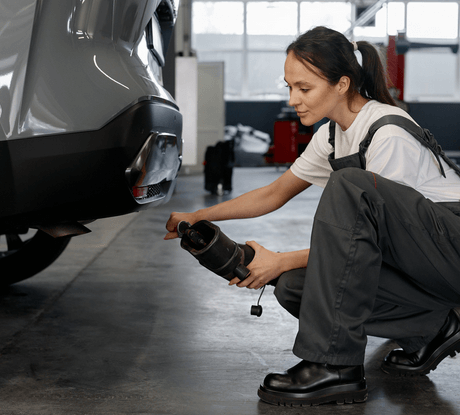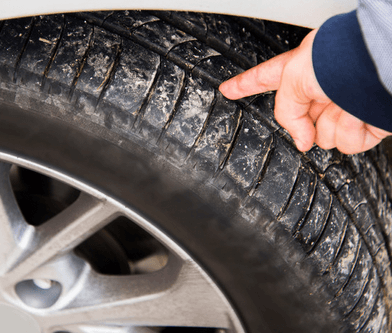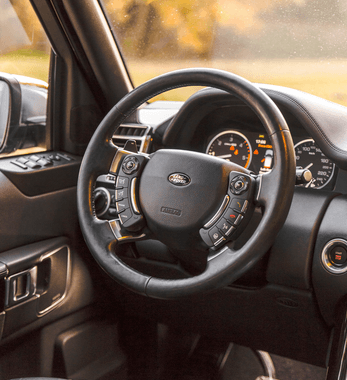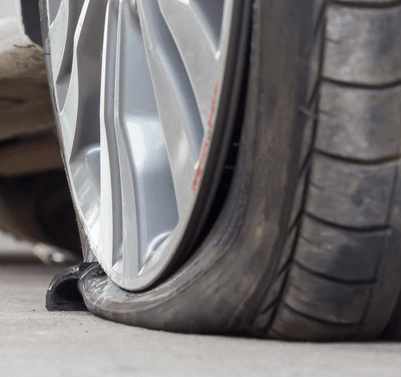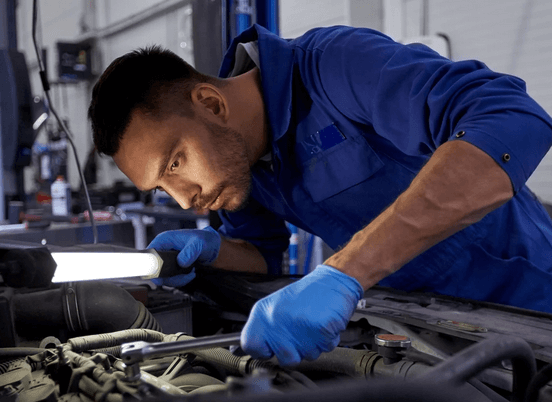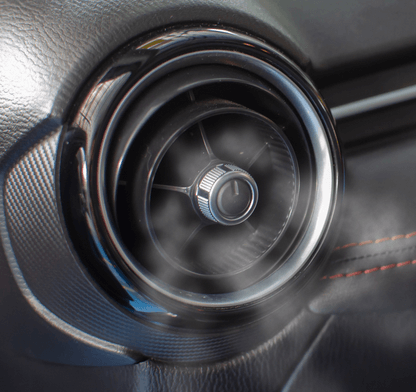Each year, North Carolina requires vehicles registered in the state to pass an annual safety inspection. This inspection must be done 90 days before the vehicle’s registration is up for renewal. A licensed mechanic checks the vehicle’s brakes, tires, headlights, and other important components and systems.
For many drivers, part of the annual safety inspection is a vehicle emissions test. While some vehicles are exempt, drivers should know if they’re required to receive an emissions inspection and how to pass one if they do.
Why Do I Need an Emissions Inspection?
Automobiles are major contributors to poor air quality. To control the toxins emitted into the atmosphere from motor vehicles, they are equipped with air pollution controls. North Carolina requires annual emissions tests to ensure these controls are working as intended and that your vehicle meets the state’s environmental standards.
How Much Does a North Carolina Emissions Inspection Cost?
Typically, the most you’ll be charged to complete a local NC emissions inspection is $30. But, if the vehicle has after-factory window tinting installed, there is an additional $10 fee.
Exemption Guidelines
There are currently 19 counties out of 100 where emission inspections are necessary. If you live in one of the counties listed below, make sure you take your vehicle for its yearly inspection.
| Alamance | Davidson | Gaston | Lincoln | Rowan |
| Buncombe | Durham | Guilford | Mecklenburg | Wake |
| Cabarrus | Forsyth | Iredell | New Hanover | Union |
| Cumberland | Franklin | Johnston | Randolph |
There are a few vehicles that are exempt from the process if they meet specific criteria. For example, farm vehicles and diesel-operated vehicles do not have to submit to an emissions inspection. Additionally, if the vehicle is 20 years old or older, there is no emissions inspection required.
Light-duty gasoline vehicles with less than 70,000 miles made within the three newest model years are also exempt. These vehicles only have to go through the vehicle safety inspection required by the state.
Antique vehicles are another emissions inspection exemption. Automobiles at least 30 years old can obtain an antique automobile license plate, which enables them to skip the annual inspection. This exemption for antique vehicles is because they’re generally used for public interest events like exhibitions and parades.
Does North Carolina Offer Any Tools to Help Me Check If My Vehicle Is Exempt From Emissions Inspections?
If you’re still unsure whether or not your vehicle must have an emissions inspection completed, the North Carolina Department of Environmental Quality (DEQ) has an exemption calculator on their website to assist in making a determination.
Simply enter the current calendar year, vehicle model year, and odometer reading into the calculator. Next, the calculator will use this information to let you know if you need to take your vehicle to an inspection station.
What Happens If I Fail the NC Emissions Test?
Failing the test is an inconvenience, but it’s not the end of the world. The vehicle can be reinspected once the issue that caused the failure is resolved. The Division of Motor Vehicles’ License and Theft Bureau can issue a year-long waiver under the following circumstances:
- Parts Waiver: If you fail an emissions inspection due to a part being tampered with or if the part is inoperative or no longer available, you can receive a parts waiver. To receive this waiver, you’ll need to provide three forms of documentation from a salvage yard, a dealership, and an automotive part store that support the claim the part isn’t available. These documents should also feature a signature on the company letterhead.
- Repair Waiver: If the visual and safety parts of the inspection were passed, but the emissions inspection was not, you can sometimes receive a repair waiver. To receive a repair waiver, you’ll need to make a minimum of $200 in repairs to correct the OBDII trouble codes that caused the emissions failure. Next, take the vehicle to the License and Theft Bureau with the proof needed to show that the appropriate repairs have been made.
Alongside parts and repair waivers, you can receive a non-communication or “Not Ready” waiver. You can review a complete list of all these waivers and their requirements by visiting the North Carolina Environmental Quality’s page on emissions inspection results.
Choose Chapel Hill Tire for Vehicle Inspection Services Near You in the Triangle
If you’re looking for NC emissions near you in Chapel Hill, Durham, Raleigh, or the surrounding areas, turn to Chapel Hill Tire. When you bring your vehicle in for a local NC emissions inspection appointment, our trained technicians will perform a comprehensive review of your vehicle. Alongside ensuring your vehicle meets safety and emissions standards, our technicians will check that your car is running efficiently and can perform any needed repairs.
Learn more about our NC vehicle inspection services today. Don’t hesitate to give us a call or make an appointment at one of our 11 locations in the Triangle area today!
